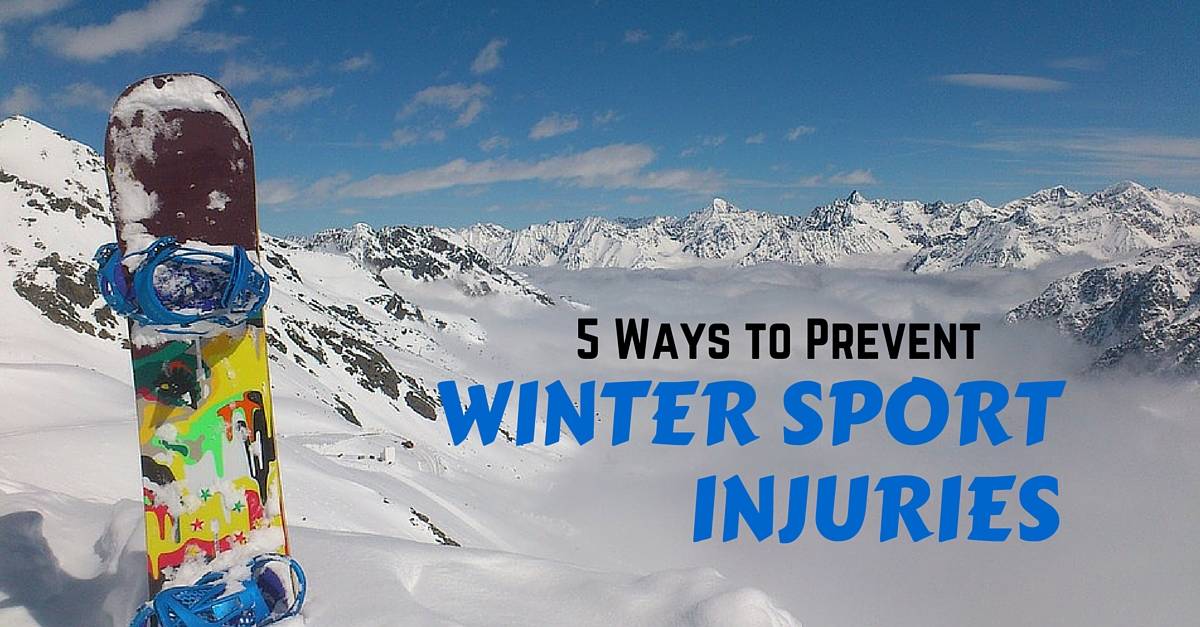Every year many patients come to my office with injuries from the Colorado winter, many of which occur while skiing, snowboarding, or from shoveling snow in areas where bulky snow blowers don’t work.
According to the US Consumer Product Safety Commission, more than 290,000 people were treated at hospitals, doctor’s offices, and emergency rooms for winter sports-related injuries in 2014.
- 114,000 injuries from snow skiing
- 79,000 injuries from snowboarding
- 52,00 injuries from sledding, tobogganing and snow tubing
- 47,000 injuries from ice skating
Common winter sports injuries include sprains, strains, dislocations, and fractures. A majority of these injuries can be prevented if participants prepare by keeping in good physical condition, staying alert, and stopping when they are tired or in pain.
Preventing winter sports injuries is a long-term goal that requires dedication from its practitioners. My goal in this post is to connect with people across the world who participate in winter sports and encourage them to practice a few of my recommendations.
1. Increase Your Flexibility
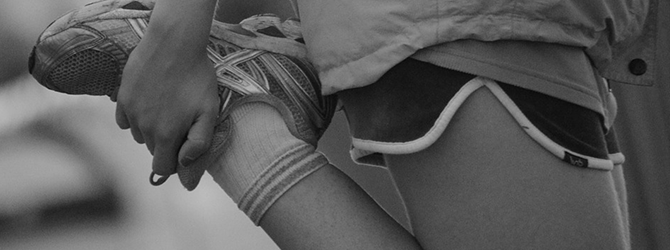
Your body has to bend in natural movements in order to participate in recreational and performance activities. Warm up before practicing any exercises – light jumping jacks, jogging, or dynamic stretches can maximize your performance. Yoga has a wide variety of exercises that can be practiced year-round for winter sports athletes who want to perform at their peak when snow hits the ground.
2. Practice Muscle-Strengthening Exercises
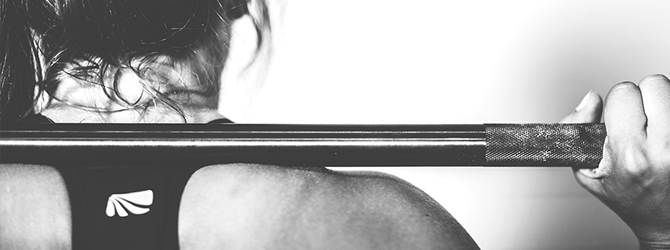
Investing the time to practice basic exercises or weight training can increase the tolerance of load your muscles can bare. Weight training is a great way to increase the performance capacity in winter sports, allowing skiers to push, turn, and adjust their body when necessary. Dr. Reinhardt can provide winter sports athletes with a variety of exercises that will prevent injury, as well as improve performance. Serious, but preventable, damage can occur if these exercises are not performed properly under the supervision of a trained specialist.
3. Wear the Correct Gear
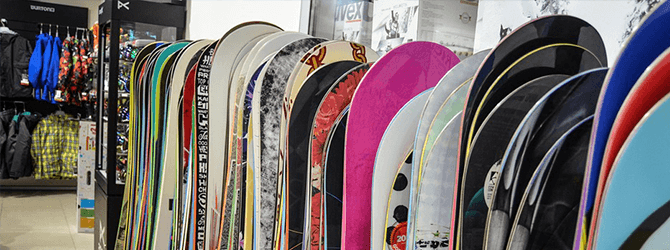
Wearing appropriate attire when participating in winter sports activities is essential for protecting your body. Many skiers and snowboarders come into my office with ankle or knee injuries. When I ask them questions about their equipment, they’re often in need of repair, refitting, or sizing changes. Participants in winter sports and other athletic activities should invest the time and money to ensure they are purchasing equipment that is designed for their needs. Buying or renting equipment from reputable stores such as REI can offer other incentives such as great customer services, warranties, and fittings.
4. Take a Break / Know When to Quit

Quite often, skiers and snowboarders hurt themselves on the last run of the day. This is because they are tired physically and mentally, so be sure to take it easy in the afternoon. Breaks while performing are necessary to replenish your body with fluids and adapt to the necessary oxygen. So drink plenty of water, please! Everyone needs to allow their body proper rest. Resting your body one day per week can prevent chronic fatigue, which can lead to injury, mental and physical illness.
5. Seek Therapy if Needed
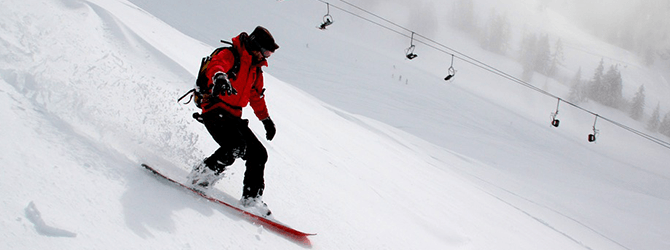
If you begin to experience pain or any other injury while participating in your winter sport, remember not to ignore it. The more strain and use your place on your injury, the more damage can be done. Seek professional help to avoid further injury. Denver athletes experiencing winter sports injuries can visit our office to receive proper assessment and specialized injury treatment. Chiropractic Care can help you heal faster after an injury and improve your performance on the slopes!
If you are suffering from an injury, schedule an appointment with Reinhardt Chiropractic. Together, we can adopt a plan to restore your body to its maximum potential.
Recent Post
Managing Stress and Tension: How Chiropractic Care Can Help
July 1, 2024
In our fast-paced world, stress and tension have become ever-present. Whether it’s the demands of work, family responsibilities, or the challenges of everyday life, many of us are constantly battling stress. At Reinhardt Chiropractic, we believe in a holistic approach to health that addresses not only physical pain but also the underlying stress that can
Read More…
Understanding the Benefits of Chiropractic Care for Athletes: Enhancing Performance and Preventing Injuries
June 1, 2024
In the world of sports, athletes are always seeking ways to improve their performance and prevent injuries. One often overlooked yet highly effective method is chiropractic care. At Reinhardt Chiropractic, we understand the unique demands placed on athletes and how chiropractic care can be a game-changer in their training and recovery regimes. Enhancing Performance Improved
Read More…

